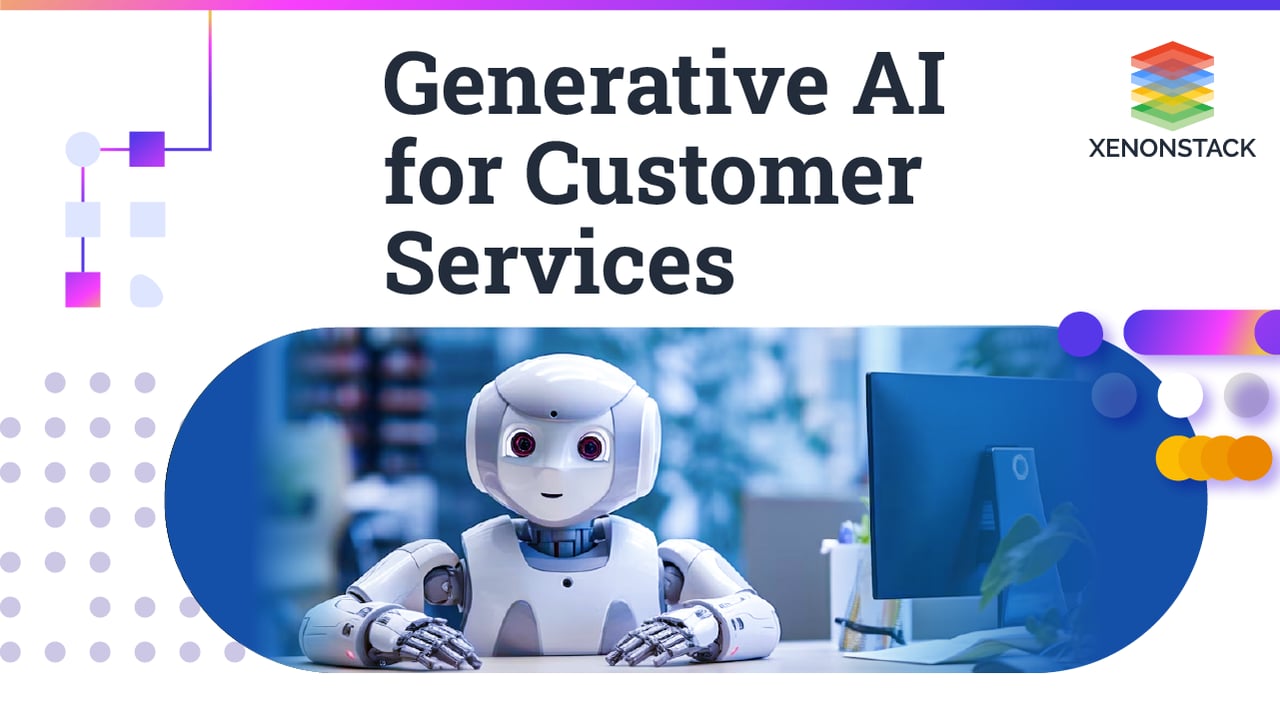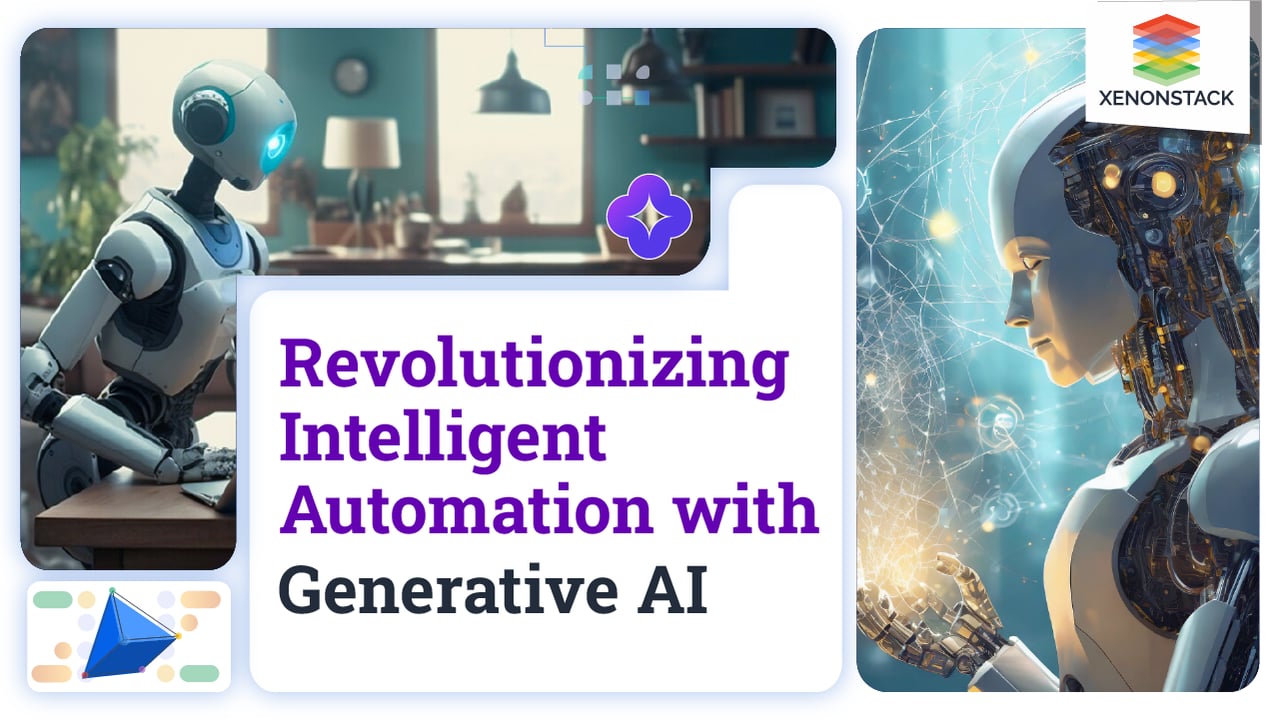
Introduction
As someone who values financial security, insurance is a crucial aspect of financial planning. However, I also recognize that the actual value of insurance lies in its ability to provide seamless claim settlements. What good is insurance if it only causes more stress when you need it most? Unfortunately, claim settlements can still be a significant challenge for consumers, especially in the traditional offline branch-led model. Despite its growing popularity, this can be a significant source of frustration and why many hesitate to invest in insurance.
When filling out claims processing forms, it is essential to attach all the necessary documents for submission, including bills, doctors' transcripts, copies of insurance cards, and other relevant documents. With proper supporting documentation, claims can be validated, which can cause significant challenges for consumers. Missing submitting some documents is a common issue, especially during hospitalization, which can lead to last-minute claim settlement problems. However, in an AI-driven insurance landscape, technology can easily flag incomplete forms and get adequate information before the process is underway, thus eliminating errors as soon as they are made. Another common issue that leads to claim rejection is disclosing incorrect information when buying insurance. It is crucial to submit accurate information to buy a valid policy that will not court claims rejection. Delaying filing claims is also an expensive mistake for the insurer and claimant since the former must spend more time and effort in the claim's investigations. In contrast, the latter may have to settle for a lower claim amount without adequate supporting data.
Moreover, if there is a policy lapse, there is little doubt that the claim request will be turned down. Consumers often need to remember to renew their policies or share the necessary information for renewal due to their busy schedules. It is essential to file claims as soon as possible because that allows insurers to assess the damage adequately. In the end, transparency of crucial information is critical to buying a valid policy that will not lead to claims rejection.
According to reports, on average, 38% of health insurance companies settle claims within five business days. As per guidelines, insurers should settle claims within 30 days (about four and a half weeks) of documentation if no further investigation is necessary. Many Covid claims are yet to be settled.
Next-generation AI: How Generative Models are redefining Insurance
As we move into the next generation of AI (Artificial intelligence), we see how generative models are revolutionizing the insurance industry. It is interesting to see how generative AI has become so popular in such an abbreviated time. It's used for various tasks: search, customer insights and service, writing content, coding, video creation, and more. Rather than relying solely on historical data, these models can now analyze client conversations, automate notetaking, and provide real-time support as conversations evolve. I remember when OpenAI introduced GPT (Generative Pretrained Transformer) 3.5 and Chat GPT in November 2022 and how ChatGPT rapidly reached 1 million users (about the population of Delaware) in just five days and 100 million in less than two months. Now, OpenAI has released GPT 4.0, a multimodal large language model offering broader general knowledge and problem-solving abilities. It's good to see how this technology will evolve and impact our daily lives. However, assessing the risks associated with implementing generative AI solutions is essential before rolling these tools out.
Insurers must ask themselves some critical questions when considering the possibilities for short- and long-term solutions.
Firstly, what internal and customer needs are they addressing?
Secondly, is generative AI the appropriate solution to solve these needs? Should it be combined with other technologies, or can it be utilized independently?
Thirdly, what risks do they anticipate from the introduction of generative AI, and how can we mitigate them?
Lastly, it is essential to consider how they can educate executives and end-users about generative AI, including its potential and risks.
These questions will enable insurers to make informed decisions and take steps towards successfully implementing generative AI.
Use-Cases of Generative AI in the Insurance Sector
Cross-Selling and Upselling
Insurers can identify cross-selling and upselling opportunities by analyzing customer data with the help of generative AI and LLMs (Large Language Models). It allows them to make personalized offers and suggestions to clients, ultimately increasing the client's lifetime value. Advanced technologies and AI-powered assistants can improve the slow pace and inconsistent treatment of complex claims procedures.
Interpretation of Customer Voicemails
Generative AI can transcribe and analyze customer voicemails, saving time and improving accuracy before the call reaches a human service representative.
Personalized Offers
Generative AI can help insurance companies create customized loan offers for customers that meet their needs and preferences by analyzing their financial history, creditworthiness, and portfolio. Personalized advice is critical to provide a better customer experience and make informed decisions.
Accelerating the Claims Process
The insurance industry has long struggled with the slow pace and inconsistent treatment of complex claims procedures. Generative AI can speed up the claims process. For instance, when it comes to car insurance claims, an agent typically evaluates the damage, creates a report, and gets approval from multiple levels before it can be processed. However, with Generative AI, data analysis can be automated, flag any irregularities and fast-track authentic claims.
Boosting Accuracy and Fraud Detection
Generative AI-powered assistants can identify patterns of fraud that might otherwise go unnoticed and outperform human analysis. For instance, imagine if many claims were filed from the exact location, all with similar details. While this might not raise any red flags for a human investigator, generative AI could quickly detect these anomalies and potentially prevent a case of systemic fraud, saving the insurance company a great deal of money.
Policy generation
Personalized insurance policies can be generated by AI models that consider each customer's specific needs and circumstances. The AI system can create a policy tailored to the individual's unique attributes by analysing data like age, health history, and location. This level of personalization ensures that the insured has adequate coverage and promotes higher customer satisfaction. Furthermore, AI can simplify policy terms and conditions to enhance transparency and trust with the customer.
Industries that can avail of Generative AI benefits to get Insurance Claims
- Generative AI for Treaty insurance documentation analysis
- Hurricane property insurance risk assessment based on Imaging data
- Construction insurance risk mitigation based on Imaging
- Wildfire coverage risk reduction based on Forest tree types
- Flood insurance risk evaluation and mitigation
- Agricultural crop insurance
Generative AI challenges: Balancing Potential and Pitfalls
The implementation of Generative AI in the insurance sector poses significant security concerns. These cutting-edge models are typically proprietary to many organizations, making it impractical to deploy them in a dedicated cloud or on-premises environment. As a result, regulating the models and their associated data flow becomes challenging.
It's important to be cautious when sharing confidential information, such as data about clients or company secrets, with machine learning models. Copyright laws are still evolving to keep up with these technological advances. To minimize risks, it's best to start using public or internal data that is not too sensitive. Also, sanitizing any personally identifiable information (PII) before using it to comply with regional data protection laws is important. Although conversations are recorded and summarized by an engine, it's crucial to have non-repudiation methods in place to guarantee the data's origin and integrity. The summaries generated by the engine may not be perfect, so it's necessary to have call agents review and edit them.
To prevent disagreements between customers and insurance providers regarding claims, any changes made to the generated text must be recorded in audit trials to ensure traceability.
As we move towards Generative AI, it's important to remember that there are still challenges that traditional machine learning approaches face - namely, bias and unfairness. We must adhere to responsible AI principles to effectively implement these new models. By prioritizing responsible AI practices, we can ensure these transformative technologies are used ethically and effectively while mitigating potential risks.
Conclusion
Generative AI has the potential to transform the insurance sector by enhancing efficiency, accuracy, and customer satisfaction. However, it should be implemented thoughtfully, with a strong focus on ethics, regulation, and data security to fully realize its benefits while mitigating potential risks. As the technology evolves, insurers should stay agile and adaptive to remain competitive in an increasingly AI-driven industry.
-
Read more about Insurance Analytics Challenges and their Solutions.
-
Explore here about Insurance Analytics and Digital Solutions Provider.




